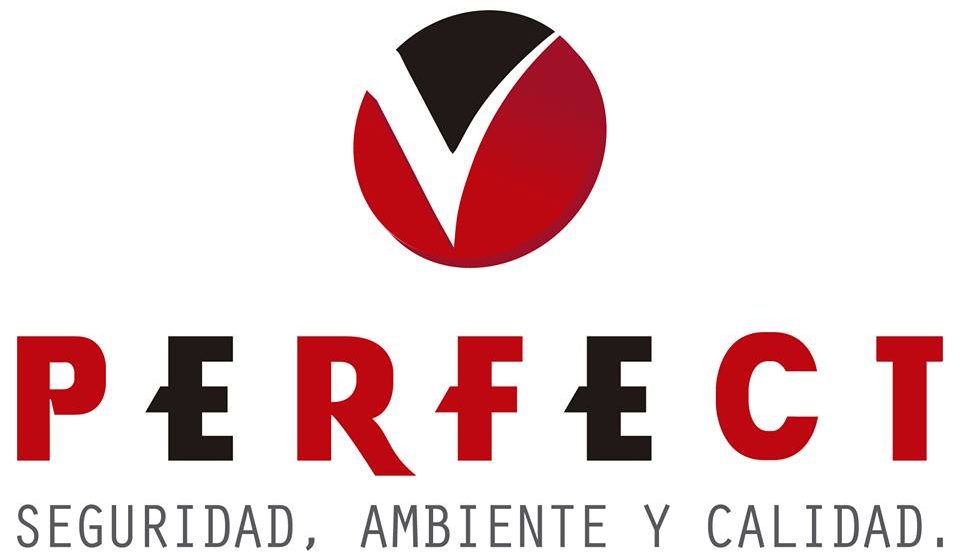
For instance, the «Accumulated Depreciation» contra account offsets the value of fixed assets like machinery or buildings, reflecting their reduced value over time due to wear and tear. Suppose a company estimates that 5% of its $200,000 accounts receivable balance is uncollectible. It records a $10,000 allowance for doubtful accounts by debiting Bad Debt Expense for $10,000 and crediting Allowance for Doubtful Accounts for the same amount. This practice adheres to the matching principle, which requires expenses to be recorded in the same period as the related revenues. This adjustment reduces net accounts receivable on the balance sheet and increases expenses on the income statement, providing a comprehensive view of the company’s financial health.
- When a good is sold on credit, the amount receivable from customers is shown under the debtor’s balance sheet balance.
- As a result, the statement of cash flows, prepared using the indirect method, adds back the depreciation expense to calculate the cash flow from operations.
- Adjusting asset values will help reflect their true worth and accounting like depreciation, and contra assets contribute to the reliability and integrity of financial reporting.
- The allowance for doubtful accounts estimates the portion of accounts receivable that may not be collected, often calculated using historical data and industry averages.
- By leveraging advanced bookkeeping services, businesses can enhance profitability, improve budgeting, and navigate tax compliance with greater confidence—all without hiring a full-time CFO.
- It also helps create reserves, and later any change in the expected number can be adjusted through allowances and reserves.
Contra asset account definition
Rather than pay this cost up-front and tie up a significant chunk of capital, Show-Fleur makes this contra asset purchase on credit with a 90-day due date after invoicing. Fortunately, the seat vendor offered an early payment discount of 5%, meaning that when Show-Fleur paid off its full credit note within the first 30 days, it recouped $30 thousand in savings. Wanting to spruce up its aging inventory, Show-Fleur purchased new, climate controlled-seats for its fleet, delivering increased comfort for passengers and a cleaner, more modern look for vehicle interiors.

Understanding Contra Accounts
Another example is dividends declared but not yet paid, temporarily reducing retained earnings until payment is made. These accounts are critical for understanding changes in shareholder value and making informed decisions about capital structure and dividend policies. In liabilities, contra accounts like discount on bonds payable reduce the real estate cash flow carrying amount of bonds, aligning recorded liabilities with the actual amount owed. Equity accounts also have contra counterparts, such as treasury stock, representing the cost of repurchased shares and reducing total equity reported. Contra revenue accounts are the dedicated detectives tracking down all the subtractions from a company’s gross revenue.

How to Calculate Straight Line Depreciation

Allowance for doubtful accounts (ADA) is a contra asset account used to create an allowance for customers who are not expected to pay the money owed for purchased goods or services. The allowance for doubtful accounts appears on the balance sheet and reduces the amount of receivables. Far less common is the obsolete inventory reserve, which reduces the overall inventory value on the balance sheet. This contra account holds a reserve, similar to the allowance for doubtful accounts. For each debit against the inventory account, there will be a corresponding credit against the obsolete inventory contra account.
How does a contra revenue account differ from a contra asset account?
This method helps a third person identify what the book value was at the time of purchase and the remaining value of an asset. If we show $60,000 as an asset in the third year, it will be challenging to understand whether $60,000 is all new purchases or the remaining value of an asset. This account helps all the stakeholders understand the financial numbers accurately. Whenever an organization buys an asset and depreciates it over the asset’s useful economic life, the reduction in value accumulates over the year, which is called accumulated depreciation.
A company receives rebates for advertising it does on behalf retained earnings of brands it carries in its stores. For example, a grocery store displays advertisements for a national brand in its weekly flyer. The national brand gives the grocery store cash, reducing the overall cost of printing the flyer.
- These methods affect the depreciation expense reported on the income statement and accumulated depreciation, which is the contra-asset account used to reduce the carrying amount of the fixed assets.
- Explore the purpose and types of contra accounts in financial statements, enhancing clarity and accuracy in financial reporting.
- Contra accounts are categorized based on the type of account they offset, creating a structured approach to financial adjustments.
- The purpose of these accounts is to ensure that the financial statements accurately reflect the assets’ net value.
- To properly account for this scenario in their books, the company must record the gross sales figure (which is the total sales revenue) and the value of the discount on early payments.
They are also helpful for keeping the books balanced and creating a clear trail of financial breadcrumbs for historical review and reporting. For instance, it is common to keep the purchase price of a piece of equipment as a historical cost in the debit asset account when it comes to fixed assets. In finance, a contra liability account is one that is debited for the explicit purpose of offsetting a credit to another liability account. In other words, the contra liability account is used to adjust the book value of an asset or liability.
- By adjusting gross asset values, these accounts help present a realistic financial position, aiding investment decisions and credit evaluations.
- It contains negative balances that offset the balance in a paired asset account on a company’s balance sheet, revealing the net value of the asset.
- Nowadays, with the development of a computerized accounting system, it is easy and quick to prepare the contra asset accounts as the system does all the calculations, and hardly anything is pushed manually.
- Expense accounts are technically contra equity accounts because they are linked to another equity account, revenue, and maintain an opposite balance.
- The Allowance for Doubtful Accounts is used to track the estimated bad debts a company my incur without impacting the balance in its related account, Accounts Receivable.
Assessing Valuation Allowances
Contra assets are negative asset accounts that show an opposite balance to a normal account in the same asset category. The purpose of a contra asset account is to offset the asset account and show a reserved amount that reduces the balance of the corresponding asset account. The balance in a contra asset account allows the accountant, tax preparer, or other end-user to know how much to subtract from the paired asset’s value. Examples include accumulated depreciation, sales returns and allowances, and contra equity accounts like treasury stock. Accumulated depreciation is recorded in a contra-asset account, meaning it has a credit balance, reducing the fixed assets gross amount. So, contra assets have a credit balance, whereas assets normally have a debit balance.
These accounts impact key metrics like the debt-to-equity ratio and interest coverage ratio, influencing stakeholders’ perception of financial health. Contra revenue is a general ledger account with a debit balance that reduces the normal credit balance of a standard revenue account to present the net value of sales generated by a business on its income statement. This depreciation is saved in a contra asset account called accumulated depreciation. The accumulated depreciation account has a credit balance and is used to reduce the carrying value of the equipment.
